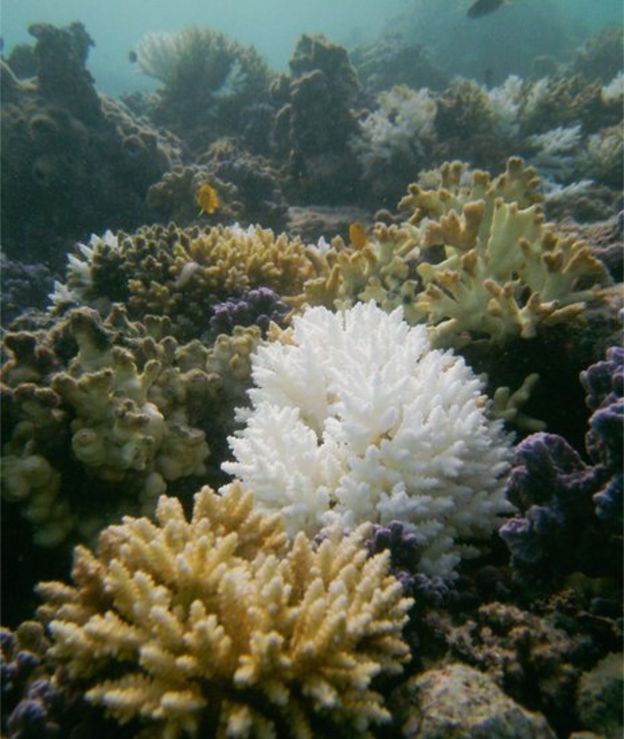Angel Heart
Conservative Hippie
http://www.foxnews.com/story/0,2933,351767,00.html
Bikini Atoll's Nuked Coral Reef Bounces Back to Life
Monday, April 21, 2008
Half a century after the atomic blasts that devastated Bikini Atoll, vast expanses of corals in the area seem to be flourishing once again, much to the surprise of scientists.
American government scientists detonated a hydrogen bomb on the tiny island (a part of the Marshall Islands in the western Pacific) on March 1, 1954, and about 20 other nuclear tests were carried out on the atoll between 1946 and 1958.
Many of the natives were moved to Kili Island and today are compensated by the United States government.
More...


